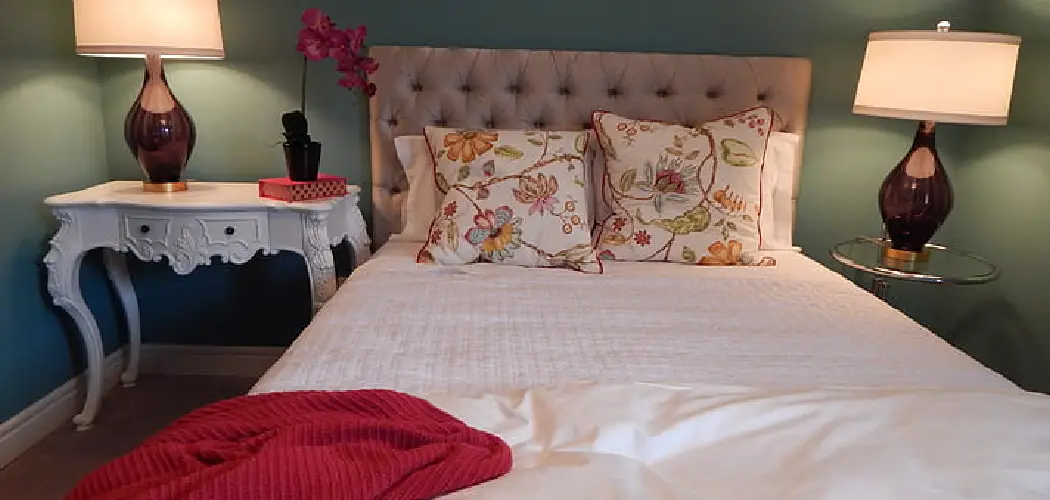A well-dressed bed is a cornerstone of interior design, transforming a bedroom into a luxurious and inviting sanctuary. As the largest piece of furniture in most bedrooms, the bed naturally draws the eye, making it an ideal focal point. A thoughtfully styled bed not only enhances the overall aesthetic of the room but also sets the tone for comfort and relaxation. Mastering how to dress a bed like a designer is an art that involves selecting the right linens, layering textures, and arranging pillows to create a harmonious and visually appealing composition.
This article aims to demystify the process by providing detailed, step-by-step guidance for achieving a designer-level look for your bed. Whether you’re redecorating or simply refreshing your space, learning how to transform your bed into a captivating centerpiece can elevate the ambiance of your entire bedroom.
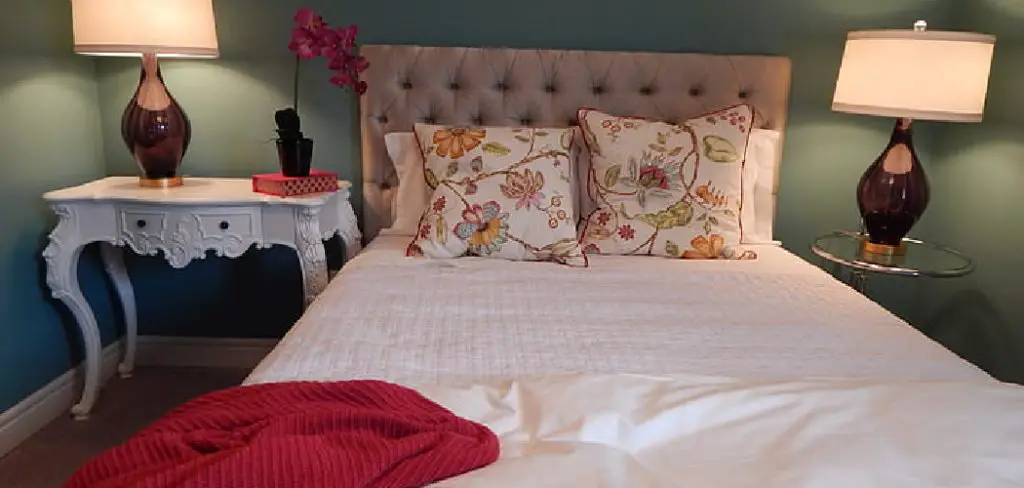
Start with the Right Foundation: Mattress and Mattress Topper
A high-quality mattress is the foundation for comfort and style in any well-dressed bed. Before delving into the aesthetics of bedding, investing in a supportive and durable mattress is crucial. A good mattress ensures a restful night’s sleep and contributes to the bed’s overall appearance by providing a smooth, even surface for linens. Consider factors such as firmness, material composition, and your personal sleep preferences when selecting a mattress that meets both comfort and functional needs.
In addition to the mattress, incorporating a mattress topper can enhance the luxury and coziness of your bed. A mattress topper adds a layer of plushness, elevating the sleeping surface and making the bed feel more inviting. This additional layer can provide targeted support or extra softness, catering to diverse comfort preferences. Furthermore, a thicker mattress topper creates an elevated silhouette, contributing to a more opulent and designer-like appearance.
When choosing a mattress topper, it’s important to consider the materials available, such as memory foam, latex, wool, or down. Each material offers unique advantages, such as breathability, pressure relief, or hypoallergenic properties. Thickness also plays a key role, with options ranging from minimal to several inches thick depending on the desired level of softness and height. Finally, align the topper with your specific comfort preferences to ensure that it complements the firmness of your mattress and enhances your sleep experience. By carefully selecting both a mattress and topper, you lay the groundwork for a beautifully styled and exceptionally comfortable bed.
How to Dress a Bed Like a Designer: Choosing High-Quality Sheets
Investing in high-quality sheets is a pivotal step in dressing a bed with a designer’s touch, significantly impacting both comfort and design. Sheets that boast the right combination of materials, thread count, and weave can elevate your sleep experience and enhance the aesthetic appeal of your bedroom.
The thread count of sheets is often the first consideration when selecting bedding. It refers to the number of threads woven into a square inch of fabric, with higher counts typically indicating softer and more durable sheets. However, thread count isn’t the sole determinant of quality. Material selection is equally crucial; common options include cotton, linen, and sateen, each offering distinct advantages. Cotton sheets, particularly those made from Egyptian or Pima cotton, are renowned for their softness and breathability. Linen sheets provide a lightweight, airy feel ideal for warmer climates, while sateen sheets, with their silky finish, add a hint of luxury and warmth.

The fabric’s weave also influences the sheets’ feel and appearance. Percale, for example, is tightly woven and offers a crisp, matte finish, while sateen has a looser weave and a lustrous sheen, creating a smoother, silk-like texture. The choice between these weaves depends on personal preference and the desired ambiance of your bedroom.
In terms of design, neutral, solid-colored sheets serve as an excellent base layer, providing a versatile backdrop for other decorative elements such as patterned duvets or vibrant pillowcases. By selecting muted tones like whites, grays, or soft pastels, you create a timeless and sophisticated foundation that allows you to layer in other textures and colors without overwhelming the space.
To achieve a clean, designer look, follow some key tips when arranging your sheets. Ensure the fitted sheet is snug and wrinkle-free, setting the stage for the rest of the layers. For the flat sheet, employ the hospital corner technique by tucking in the bottom corner of the sheet under the mattress, folding sharply at the corner, and then tucking in the lengthy sides. This creates a polished appearance and keeps the sheets securely in place. By paying attention to these details, your bed will exude the elegance and comfort of a designer-styled space.

How to Dress a Bed Like a Designer: Layering Blankets, Quilts, and Duvets
Layering blankets, quilts, and duvets is crucial for achieving warmth and visual depth in your bed styling endeavors. The layered approach not only ensures that you remain comfortably warm throughout the night, accommodating various climate changes and personal preferences, but also brings texture and dimension to your bed, enhancing its aesthetic appeal. By understanding how to skillfully combine these elements, you can transform your bed into a designer-worthy showcase.
To begin, selecting the right duvet insert for different climates and seasons is paramount. Duvet inserts come in a range of materials, from lightweight, breathable cotton to cozy, heat-retaining down or down alternatives. In warmer climates or summer months, opt for a lighter insert made from materials that offer conducive airflow, thus preventing overheating. Conversely, in colder climates or during winter, a heavier, insulating insert like down is ideal for retaining warmth. Consider investing in a couple of options, allowing you to alternate based on seasonal needs.
For effective layering, mixing textures and materials can add richness and personality to your bedding ensemble. Lightweight quilts can be paired with plush blankets and a down duvet to create a visually and physically inviting composition. Quilts offer a snug layer ideal for optimal comfort without bulk, whereas plush blankets infuse sumptuous comfort and warmth into the mix. When selecting a duvet, pay attention to both its thermal properties and tactile qualities to ensure it complements the bed’s overall feel.
In terms of aesthetics, designer tips suggest focusing on duvet cover patterns and colors that harmonize with the room’s existing color scheme. Patterned duvet covers can serve as a focal point, while solid colors provide a calming, neutral foundation. Color choices should reflect the desired ambiance; muted tones create tranquility, whereas bold hues inject vibrancy. Consider the interplay between your duvet cover and other room elements, such as wall color and decorative accents, to fashion a cohesive look.

Finally, how you fold and style the top layer of your bedding can dramatically enhance your bed’s presentation. One popular designer method involves folding the duvet down at the end of the bed, allowing for a layered visual effect that showcases any quilts or blankets underneath. Alternatively, casually draping a throw across the foot of the bed introduces additional texture and comfort. This approach allows for spontaneity and informal elegance, making your bed an irresistible highlight of your bedroom space. By combining these elements artfully, you achieve a well-styled bed that epitomizes both form and function.
Adding Decorative Pillows and Shams
Decorative pillows and shams serve as essential elements in crafting a luxurious and inviting bedroom sanctuary. They not only offer an opportunity to enhance the aesthetic appeal of your bed but also contribute to the atmosphere and comfort of the entire room. By mastering the art of pillow arrangement, you can transform your sleeping space into a designer-inspired retreat that caters to both beauty and relaxation.
To begin with, understanding how to mix and match pillow sizes is crucial for achieving a balanced and visually pleasing arrangement. Euro shams, with their generous dimensions, provide an excellent backdrop, often placed at the head of the bed against the headboard. They create a foundation upon which standard pillows follow. Arranging these two sizes in a step formation creates an elegant cascade of layers.
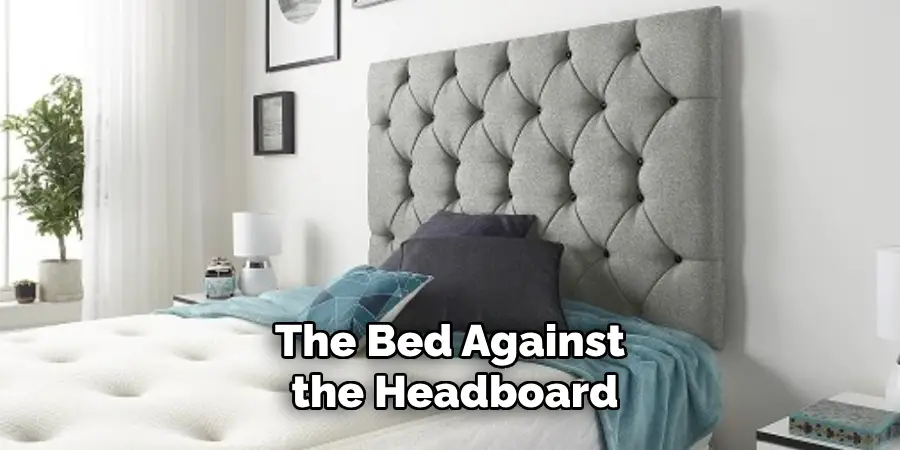
In front of the standards, you can add accent pillows, which are smaller in size and add a pop of creativity through unique shapes and patterns. This trio of Euro shams, standard pillows, and accent cushions allows for great versatility and a polished finished look.
When it comes to arranging pillows, designers often debate between leaning and stacking methods. Leaning involves placing each pillow slightly upright and overlapping, creating a casual yet sophisticated appearance. This method is perfect for those coveting a more informal yet chic aesthetic. On the other hand, stacking offers a neat and crisp look by piling pillows one atop the other. Selecting the right method depends on personal style, but both can beautifully complement a well-made bed.
Decorative pillows also provide a canvas for experimenting with complimentary colors and patterns. Opting for hues and motifs that resonate with the room’s overall style is essential in maintaining cohesion within the space. Patterns can range from bold geometrics to subtle florals, while colors can echo the tones present in the rest of the bedroom’s decor. The strategic inclusion of accent shades with pillows can also draw attention to key elements of the room, like artwork or furniture.
Textures introduce an additional layer of interest and depth to your bed setup. Pillows crafted from materials such as velvet, faux fur, and linen create tactile diversity and invite exploration through touch. Velvet suits more luxurious settings, offering a plushness that embodies elegance, while faux fur can add warmth and whimsy. Linen, with its subtle weave, lends a relaxed, effortless feel perfect for minimalist or coastal themes.
Finally, finding the right balance in the number of pillows is crucial. While an abundance of pillows can overwhelm, a minimalist approach focuses on comfort and aesthetics, prioritizing quality over quantity. Limiting the number of pillows maintains an inviting and practical space, ensuring that the bed remains a sanctuary, not a showroom. Choosing a few high-quality, statement-making pieces can effectively enhance the ambiance and provide personalized comfort, making your bedroom a haven of style and serenity.
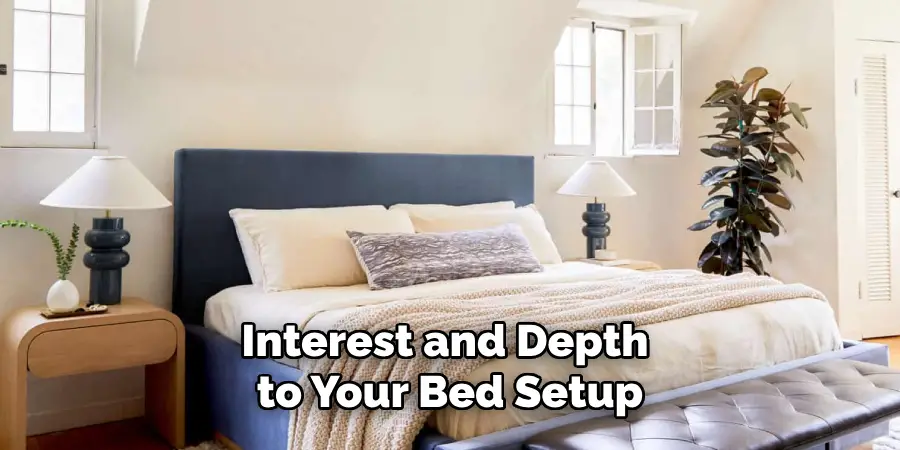
Finishing Touches with Throws and Blankets
Adding a final layer of warmth and style to your bed can be effortlessly achieved with the strategic use of a throw blanket. Throws are versatile pieces that not only provide additional coziness but also serve as a key accessory to elevate the entire room’s aesthetic. The selection and styling of a throw can influence the ambiance of your bedroom, making it feel more inviting and complete.
When choosing a throw, consider the fabric, as it plays a crucial role in determining both the texture and comfort. Wool throws are excellent for their insulating properties, making them ideal for colder seasons or climates. Wool’s natural breathability also allows for versatility in moderate temperatures. For a lighter option, cotton throws offer breathability and softness that suit milder weather and add a touch of casual elegance. If ultimate luxury is your goal, a cashmere throw provides unparalleled softness and warmth, lending an exquisite touch to your bedroom.
Styling a throw blanket can transform the bed’s appearance. One popular method is casually draping the throw across the foot of the bed, which adds a sense of relaxation and spontaneity. This technique emphasizes a laid-back elegance that blends well with a variety of design styles. Alternatively, folding the throw neatly creates a more structured look, perfect for those who prefer a tidy, polished aesthetic. The choice between these methods can depend on your personal taste and the overall mood you aim to evoke in your space.
Throws also present an opportunity to incorporate color, pattern, or texture that complements the rest of the bed’s design. A vibrant throw can inject energy and contrast into a neutral room, while a patterned throw can echo motifs found throughout your decor, enhancing visual cohesion. Textured throws, such as those with chunky knits or distinctive weaves, contribute depth and interest, encouraging tactile engagement and exploration within the space.
Practically, throws serve different purposes across seasons or climate conditions. In winter months, a throw can be layered over bedding to provide additional warmth. During warmer times, lighter throws can be used for decorative purposes or as a covering for occasional cool evenings. This adaptability underscores the throw’s role as both a functional and decorative element, reinforcing its place as a versatile staple in bedroom styling. By thoughtfully selecting and styling throws, you can achieve a harmonious balance of warmth, comfort, and style in your bedroom sanctuary.
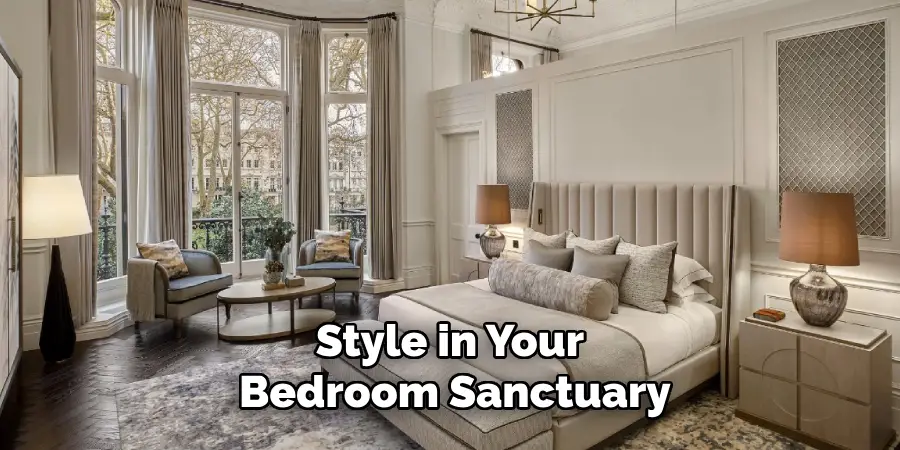
Conclusion
Understanding how to dress a bed like a designer involves mastering the essentials of quality bedding, strategic layering, adding varied textures, and careful coordination with your room’s decor. You create a comfortable and elegant foundation by focusing on high-quality sheets and covers. Layering introduces both depth and warmth, transforming simplicity into sophistication, while textures like velvet, linen, or faux fur add inviting diversity.
Coordination ensures that your bed complements and enhances your room’s overall aesthetic, maintaining visual harmony. With these thoughtful choices, anyone can make their bed a stylish, luxurious focal point in the bedroom. Embrace this guidance as a starting point, but don’t hesitate to inject your own personality and flair into the design. By melding these principles with your tastes, you can achieve a personalized yet polished look that truly reflects your style. Experimentation is key to creating your perfect sanctuary.

